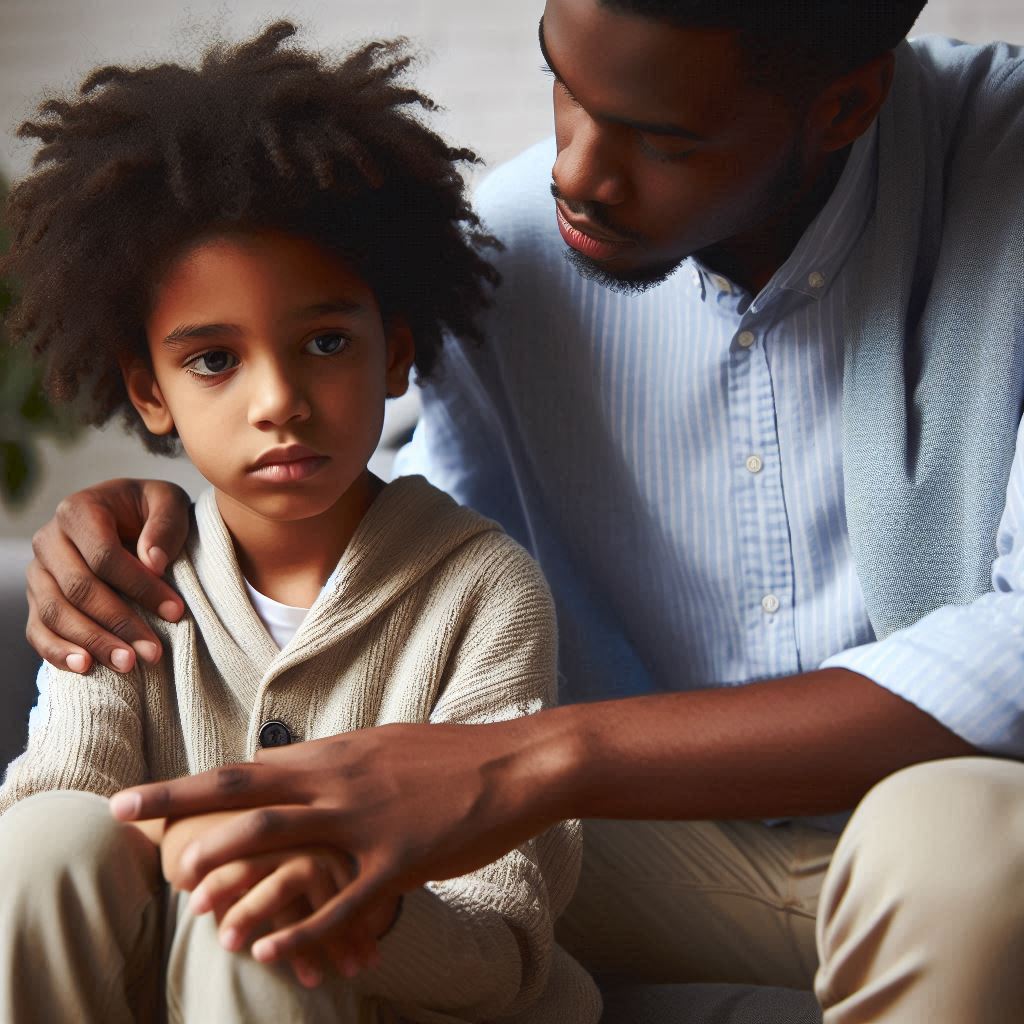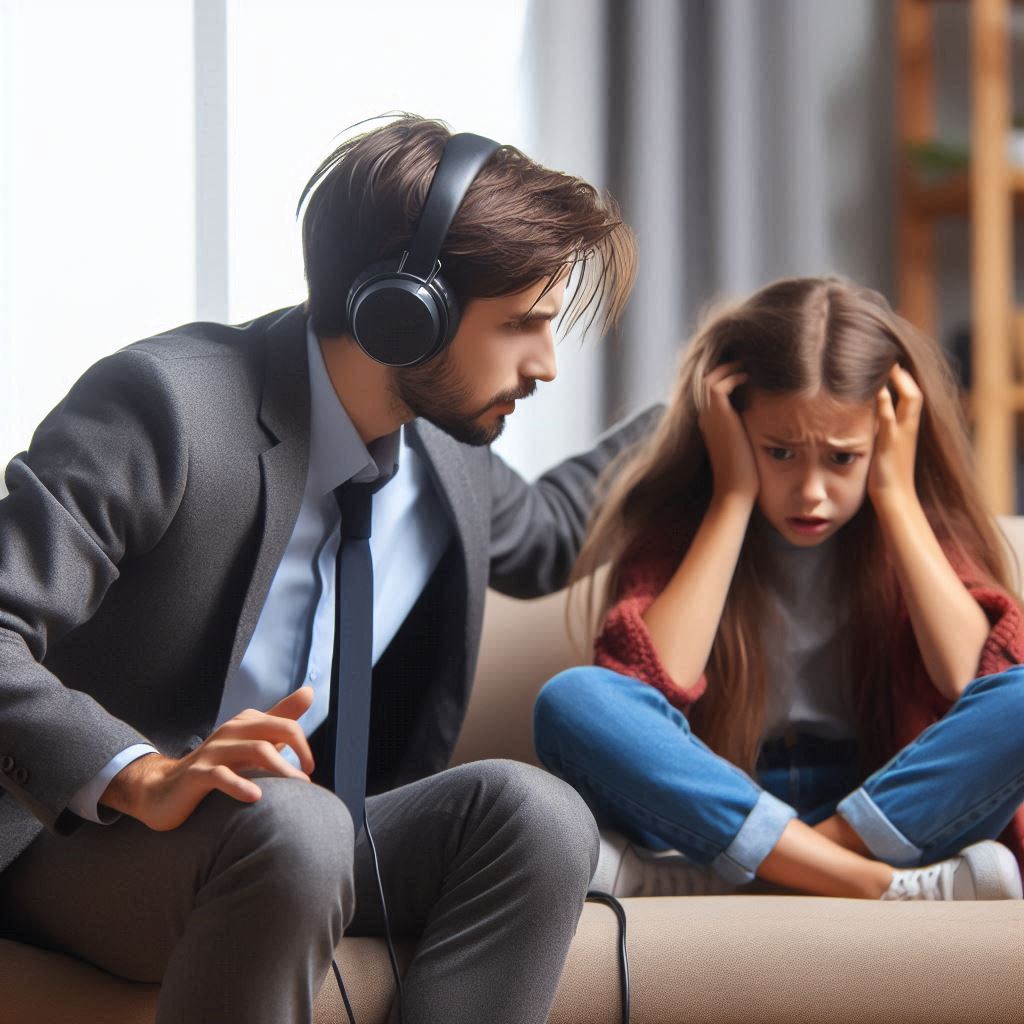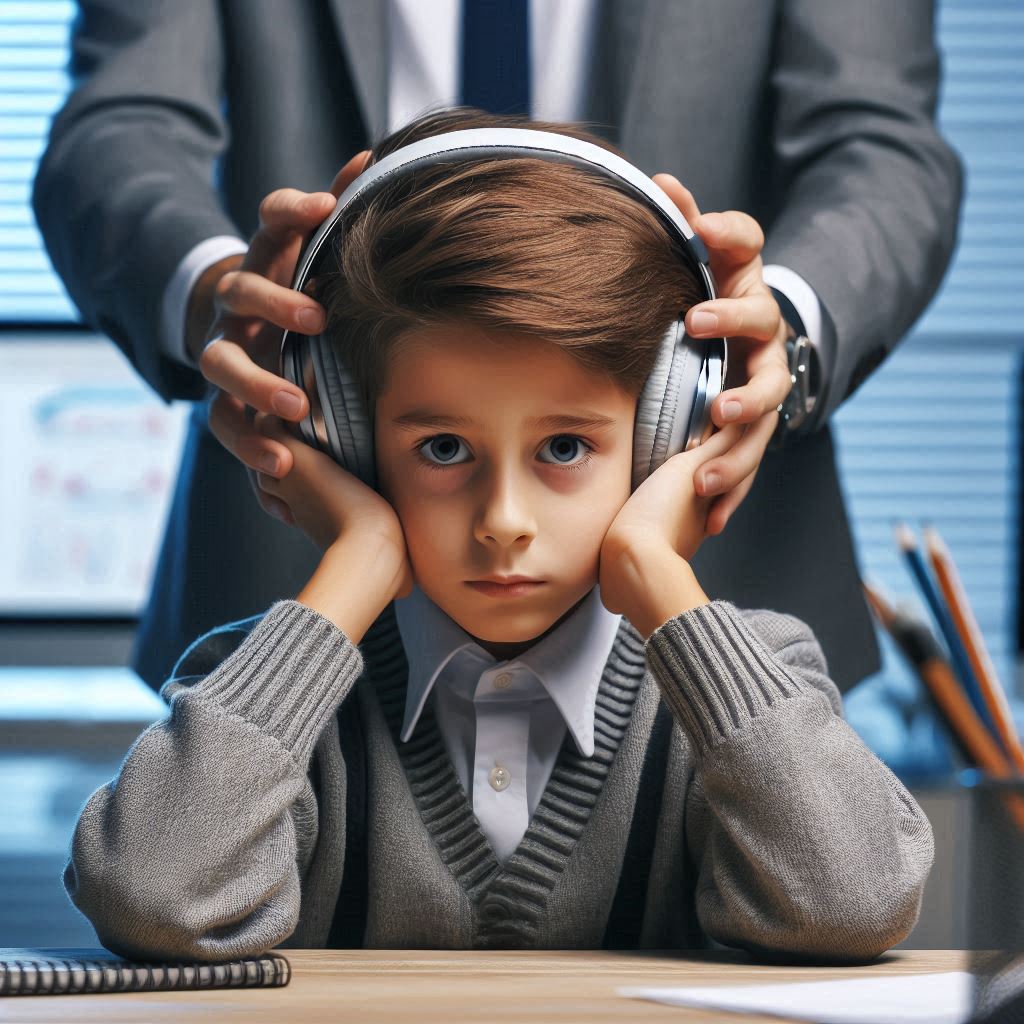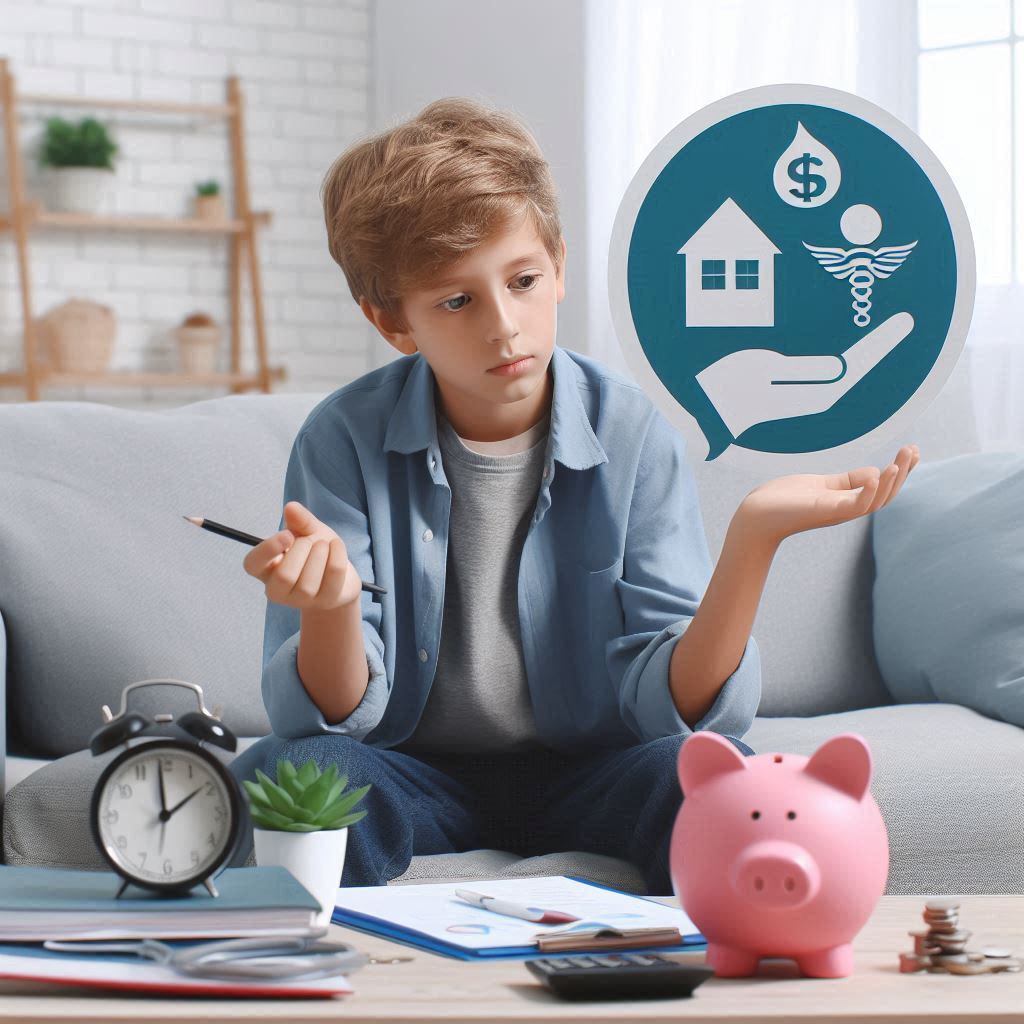Helping a child cope with anxiety and reducing their stress level is a crucial task for any parent. The pressures of modern life, academic responsibilities, social expectations, and even the digital world can create overwhelming feelings in children, leading to anxiety and stress. By approaching this issue with care and understanding, parents and caregivers can nurture a child’s emotional resilience, promote mental well-being, and equip them with the tools to face challenges confidently.
In this article, we will explore ways to help children manage anxiety, reduce stress, and ultimately foster emotional balance. Let’s dive into the journey of how you can empower your child to navigate the complexities of their emotions.
Understanding Childhood Anxiety and Stress
Before addressing the solutions, it’s essential to understand how anxiety manifests in children. Unlike adults, children may struggle to articulate their feelings, often expressing stress through behavioral changes. Anxiety may show up in ways like frequent crying, irritability, sleep problems, lack of appetite, or even physical symptoms like stomachaches and headaches. It can also include excessive worry about school, family, or other aspects of their life.
Recognizing these signs is the first step toward helping a child, but it’s also important to understand the underlying causes of their stress. Is it school-related pressure? Social struggles? Or perhaps it’s an internal fear of failure or disappointing others? Identifying the root cause allows you to address the problem with greater empathy and precision.

Building a Calm Environment at Home
The home should serve as a refuge, a place where a child feels safe and secure. Creating a calm environment at home is key to helping your child reduce stress. While you cannot control all external stressors, such as school or friendships, you can influence the atmosphere at home.
Start by maintaining open communication. Encourage your child to express their feelings, and always make it clear that there is no judgment in your home for how they feel. Sometimes, just knowing they can share their worries freely with you can alleviate a large portion of their stress.
It’s also crucial to establish a routine that balances structure with flexibility. Children feel safer when they know what to expect, and a consistent routine helps reduce uncertainty, which can often contribute to anxiety. However, the routine should not be rigid. Flexibility allows space for spontaneity and prevents additional stress when plans change.
Additionally, keeping the environment physically calm—free from excessive noise, clutter, or distractions—can promote peace and help children decompress.

Encouraging Physical Activity
Physical activity is one of the most effective ways to reduce anxiety in both children and adults. Exercise helps to release endorphins, which are chemicals in the brain that promote happiness and relaxation. Regular movement, whether it’s playing outside, riding a bike, or doing a favorite sport, allows children to release pent-up energy that might otherwise manifest as anxiety.
Encourage your child to find physical activities they enjoy. It doesn’t have to be something competitive or strenuous—it can be as simple as walking, dancing, or even doing yoga together. Yoga, in particular, combines physical movement with mindfulness, making it a wonderful tool for managing stress. Introducing a child to yoga exercises designed for kids not only promotes physical health but also encourages mindfulness and relaxation.
The Power of Mindfulness and Relaxation Techniques
Teaching children how to practice mindfulness can be transformative in managing their anxiety. Mindfulness encourages children to stay present, reducing the impact of overwhelming thoughts about the past or future. Simple exercises like deep breathing, guided visualization, or focusing on their senses can help children center themselves in stressful moments.
One easy mindfulness technique is belly breathing. Teach your child to take deep breaths by placing their hands on their belly and slowly inhaling through their nose, feeling their belly rise. They should then exhale slowly through their mouth, feeling their belly fall. Doing this several times in a row can calm the nervous system and reduce stress in the body.
Another effective technique is guided visualization, where you ask your child to close their eyes and imagine a safe, happy place. This can be a favorite vacation spot, a peaceful beach, or even a fantasy world where they feel completely secure. Describing this place in detail helps shift their focus away from anxiety and brings about feelings of calm.

Limiting Exposure to Anxiety Triggers
In some cases, certain situations or activities may contribute to a child’s stress levels. For instance, an overload of screen time—whether from television, video games, or social media—can increase stress and anxiety. Limit your child’s exposure to screens, particularly in the hours leading up to bedtime, as this can interfere with their ability to wind down and get a restful night’s sleep.
Additionally, if your child struggles with academic pressure, it may be helpful to evaluate their workload. Sometimes, children feel overburdened by homework or extracurricular activities. Working with teachers or school counselors to adjust expectations or find alternative strategies can be beneficial. This doesn’t mean lowering standards, but rather finding the right balance that allows your child to succeed without being overwhelmed.
Positive Reinforcement and Building Confidence
Children who experience anxiety often struggle with self-esteem. They may doubt their abilities or fear judgment from others. As a parent, it’s essential to provide positive reinforcement that builds their confidence and sense of self-worth. Praise your child for their efforts, not just their achievements. Emphasize the importance of trying and learning, rather than focusing solely on results. This helps to reduce the fear of failure that often fuels anxiety.
Let your child know that making mistakes is a natural part of learning and growing. By reinforcing that it’s okay to fail, you help them build resilience and develop a healthier perspective on setbacks. The more a child believes in their own abilities and understands that mistakes are part of the process, the less anxious they will feel about attempting new tasks or facing challenges.

Developing Problem-Solving Skills
One powerful way to help a child manage anxiety is by teaching them problem-solving skills. Anxiety often stems from feeling helpless or uncertain in the face of challenges. By helping your child develop the skills to approach and solve problems, you empower them to feel more in control of their circumstances.
Encourage your child to break down problems into manageable steps. If they are stressed about an upcoming test, for example, help them create a study plan that divides the material into small, achievable goals. Teach them how to assess the situation, brainstorm possible solutions, and evaluate which ones are most effective. This methodical approach not only helps reduce anxiety in the moment but also equips them with tools they can use throughout life.
Fostering Social Support
Children, like adults, need strong social connections to feel emotionally secure. Encourage your child to build friendships with peers who provide positive, supportive relationships. Friends can be a valuable source of comfort during stressful times, offering both understanding and companionship.
Sometimes, anxiety may stem from social difficulties, such as feeling left out or being bullied. In these cases, helping your child develop social skills, such as effective communication and conflict resolution, can reduce anxiety related to peer interactions.
Additionally, encourage family bonding activities that strengthen your child’s sense of belonging and security. Whether it’s family game nights, cooking together, or simply spending quality time, these moments reinforce the idea that they are supported and loved.

Seeking Professional Help When Necessary
While many strategies can help reduce anxiety at home, there may be times when professional help is necessary. If your child’s anxiety becomes overwhelming or interferes with their daily functioning, it might be time to consult a mental health professional. Therapists who specialize in child anxiety can work with your child to develop coping strategies, address the underlying causes of their anxiety, and provide guidance for both the child and the family.
Therapy may include Cognitive Behavioral Therapy (CBT), which is highly effective in treating anxiety by helping children reframe negative thought patterns and develop healthier ways of thinking. In some cases, medication may be recommended, but this should always be explored in consultation with a qualified healthcare provider.
A Journey of Emotional Growth
Helping a child navigate anxiety and stress is a journey that requires patience, love, and understanding. By creating a supportive environment, teaching relaxation techniques, encouraging physical activity, and building their confidence, you can provide your child with the tools they need to face challenges with greater resilience.
Remember, every child is unique, and what works for one child may not work for another. The key is to approach the situation with flexibility and empathy, always prioritizing your child’s emotional well-being. In time, your child will not only learn to manage their anxiety but will also develop the inner strength to thrive in all aspects of life.
